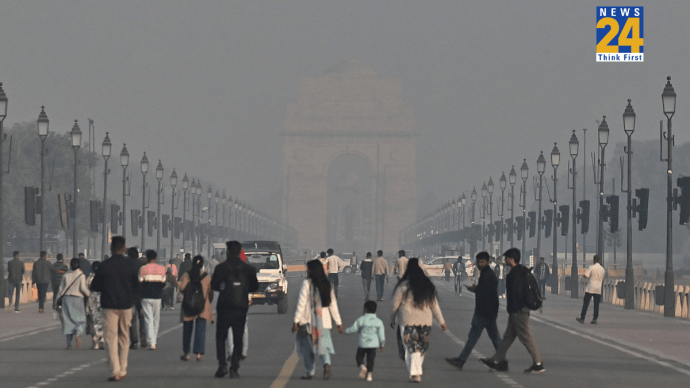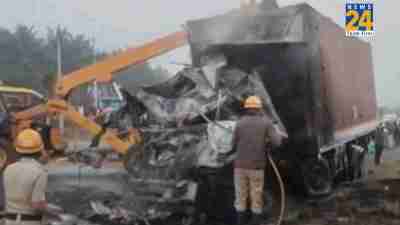Uttar Pradesh: Effective August 15, the journey from Kanpur to Delhi will be notably shorter, with a reduction of 90 kilometres in travel distance. The newly completed 284-kilometre Kanpur-Aligarh highway is set to play a pivotal role in this development, featuring its fifth toll plaza which will become operational on August 15.
The inauguration of this expressway could potentially be conducted by Prime Minister Narendra Modi on India’s Independence Day. The construction of this highway, initiated in 2019, has incurred an approximate cost of 3,500 crore rupees.
Travel Discounts and Toll Rates
To incentivise the usage of this newly constructed route, motorists can benefit from up to 30% toll discounts for the initial months. Subsequently, toll charges will range from a minimum of Rs 135 to a maximum of Rs 845 for car commuters. Stretching from IIT Kanpur to Aligarh, this six-lane expressway will host five toll collection points spaced every 50 to 60 kilometres. The toll collection process will commence from the toll plaza situated in Kanthi Nawada village of Kanpur.
Read more: Delhi-NCR: Man abducted with kids in broad daylight under ‘Yogi Raj’
Final Stages of Construction
Prashant Dubey, the Project Manager of the National Highways Authority of India (NHAI), mentioned, “The construction of the 6-lane bridge in Mandhana, Kanpur, is in its final stages and is expected to conclude by the end of August. With the completion of this bridge, the highway will be fully operational.” This achievement not only signifies a substantial reduction in the distance from Kanpur to Delhi but also contributes to enhanced connectivity and convenience.
Read more: Travel across India for just Re 1 on luxurious electric buses; Know details
Project Milestones
The NHAI has strategically divided the 284-kilometre project of the GT Road (NH-91) between Kanpur IIT Gate and Aligarh into distinct segments. Notably, the segment spanning from Aligarh to Mainpuri has already been successfully completed, reflecting the agency’s systematic approach to infrastructural development.”













